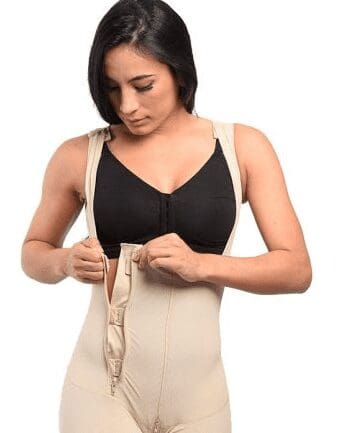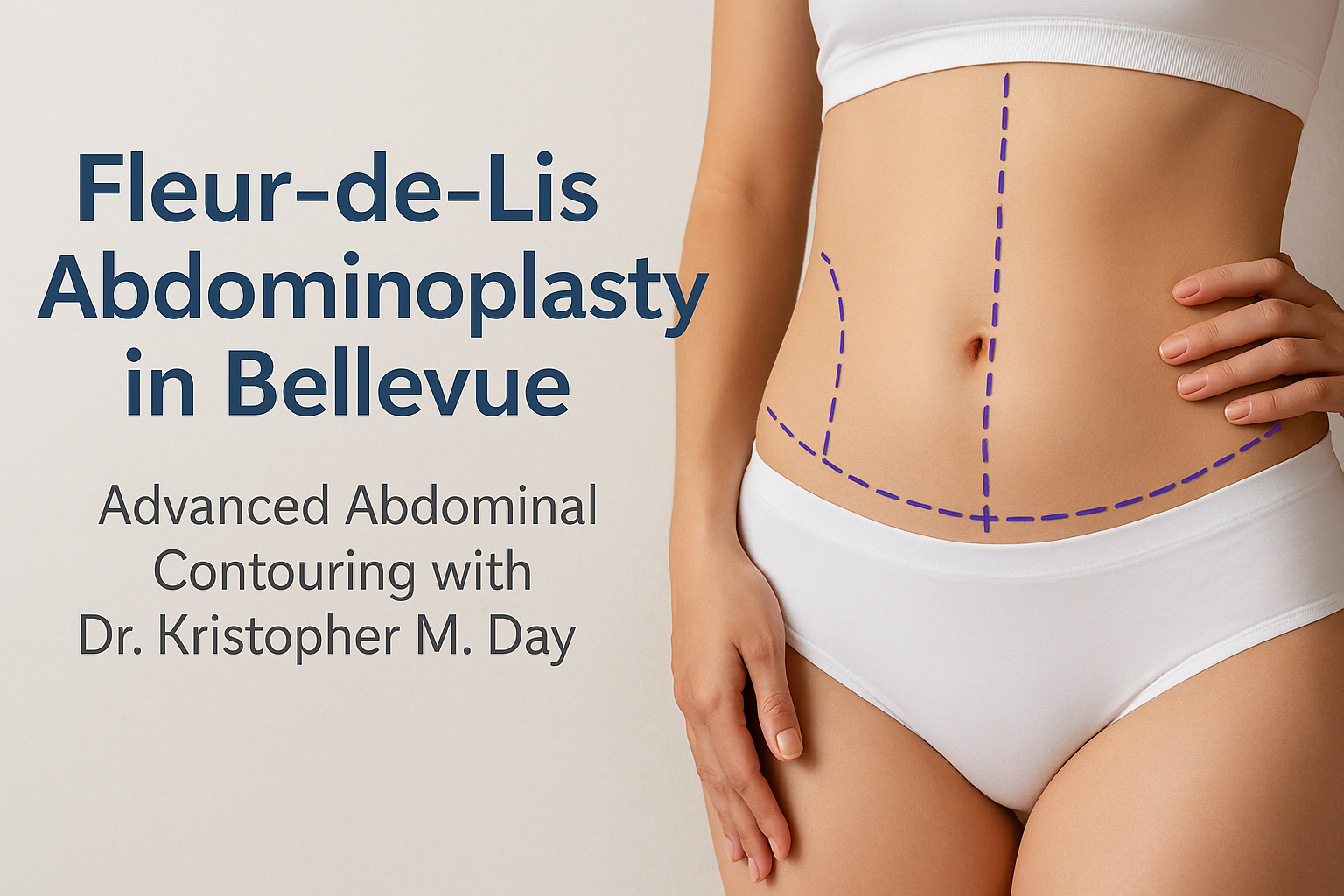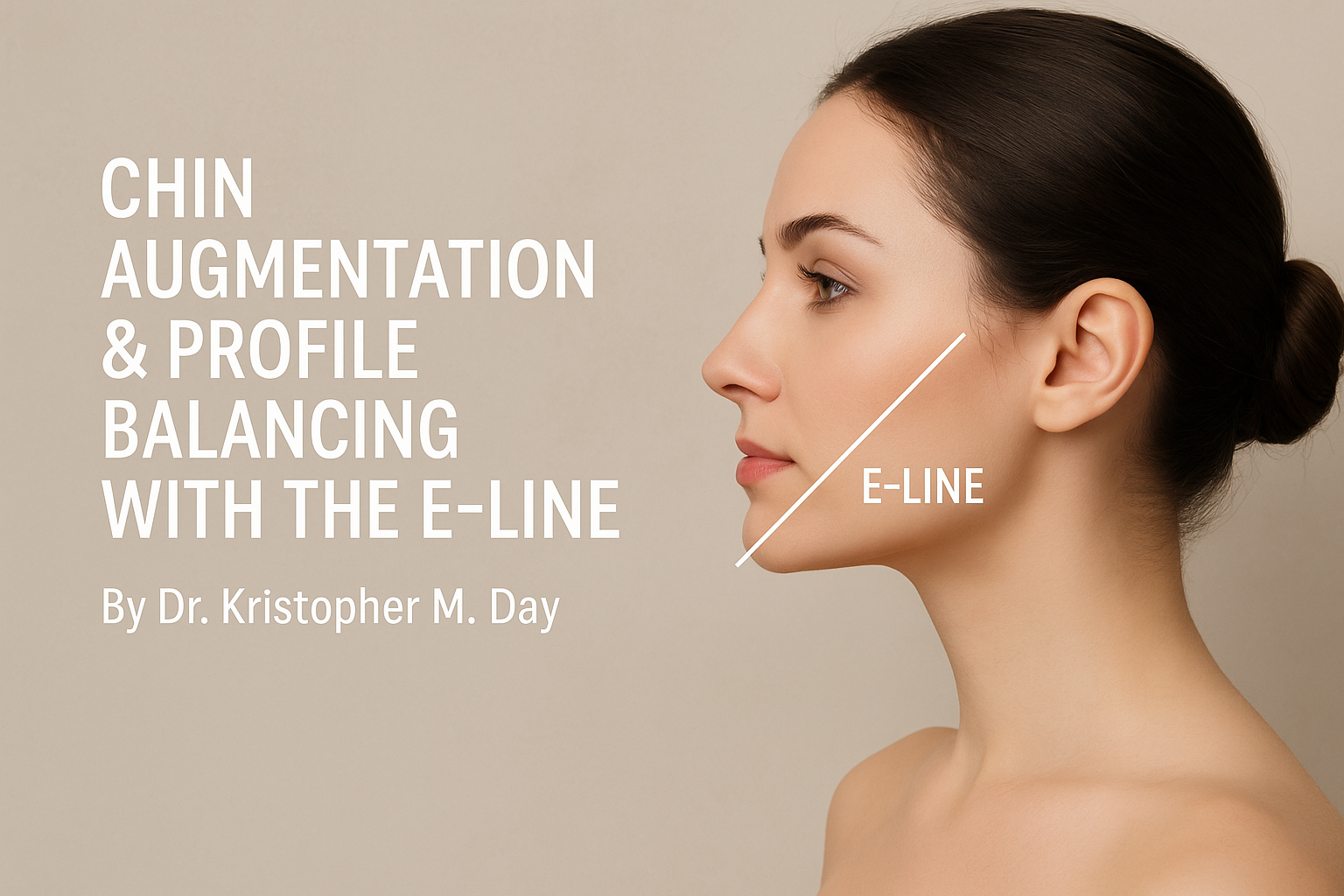
COMPRESSION GARMENTS
Whether or not you believe the clothes make the man…or woman, or you think that saying is outdated, there is little debate that compression garments improve outcomes after body contouring procedures. Compression, or contour, garments, or fajas, are clothing that is worn after a surgical procedure to help shape and heal the area operated upon. They are made of relatively strong fabric that can generate and maintain a certain amount of tension when worn to improve healing postoperatively. Compression garments provide several benefits, including:
- Avoidance of fluid accumulation between tissue planes
- Shaping of the tissue for optimal results
- Support and comfort of the surgical site
Why Do Compression Garments Work?
The reason that compression garments can help is due to the way in which body contouring procedures, like liposuction, breast reduction, breast lift, tummy tuck, and Brazilian butt lift (or BBL) help shape the body. Each of these procedures creates a flap and/or “lamination,” or layering, of the tissues in some respect. These layers can be associated with “potential space,” or cavities between the tissue that the body tends to fill with fluid, based on the adage that “nature abhors a vacuum.” Therefore, a seroma, or fluid pocket, can accumulate within any space or between layers within the body after surgery. However, if these spaces are compressed, then it is harder for fluid to fill to any significant degree. The body is also prone to heal in the orientation that it is held in after surgery. If, for example, the breast is held in a more rounded and symmetrical orientation with garments, then that is the shape that they are likely to assume post-operatively. Compression garments can thereby both prevent complications and improve results!
What Are Compression Garments?
Compression, or contour, garments are simply clothing that is made from stronger and less distensible material so that it can exert a reasonable amount of force on the tissue to provide shaping and support. After all, the goal of body contouring procedures is to provide improved shape to the abdomen, hips, back, breast, thighs, and neck. The best result for these areas includes using a contour garment, which can refine the definition of any surgery or minimally invasive procedure. Contour, or compression, garments give additional support to the regions of the body that have received a procedure to prevent unwanted fluid accumulation, decreased swelling, or speed up the rate of recovery of these tissues.
What’s the Difference Between Compression Garments and Clothing?
Compression garments fit more snugly and are made from material that can apply greater amounts of pressure than even compressive clothing, like a sports bra. Contour, or compression, garments are made of strong elastic fabric that can be stretched to apply tension when worn properly. There thereby exert a continuous pressure on tissue that would not otherwise be generated by clothing alone.
Are There Different Types of Compression Garments?
Yes, there are several different types of compression garments. Many companies make compression garments. At Pacific Sound Plastic Surgery, we prefer a well-known brand called Isavella®, but there are many other compression garment companies on the market. Contour garments also differ in what some refer to as “Stage I” and “Stage II” garments. Stage I compression garments refer to greater amounts of compression, which are typically worn in the initial stages of healing, approximately three to six weeks after surgery. Stage II garments, however, mimic more compressive clothing, such as Spanks®, spandex, Under Armor®, or other tight-fitting synthetic clothing. We typically, therefore, recommend that our patients purchase a Stage I compression garment from a higher-end surgical recovery garment company and then either purchase a Stage II garment online or wear compressive clothing.
How Long Do I Have to Wear Compression Garments After Surgery?
This is the most common question we receive because contour garments can sometimes eventually get uncomfortable. They tend to increase body warmth, sometimes cause chaffing, and some decrease joint mobility a small amount. The short answer is: the longer the better, and the more you wear them the better it will influence your result. We typically suggest that contour garments are worn for at least three weeks for 23-hours a day, and it is best to wear them for six weeks or more. Why 23-hours a day?…because you are of course encouraged to shower and may remove your garment when performing personal hygiene. You will have some improvement in your shape wearing compression garments for the first three months after your procedure. If a compression garment causes chafing, is too hot, or one wants to avoid being seen wearing one, then patients can take a break from wearing them, but the longer they are worn the better. The truth is that compressive garments probably provide benefit all the way to one year postoperative.
If you want to discuss body contouring with Dr. Day, reach out for a consultation! We will employ high grade contour, or compression, garments as well as several other recommendations to achieve your best outcome!



